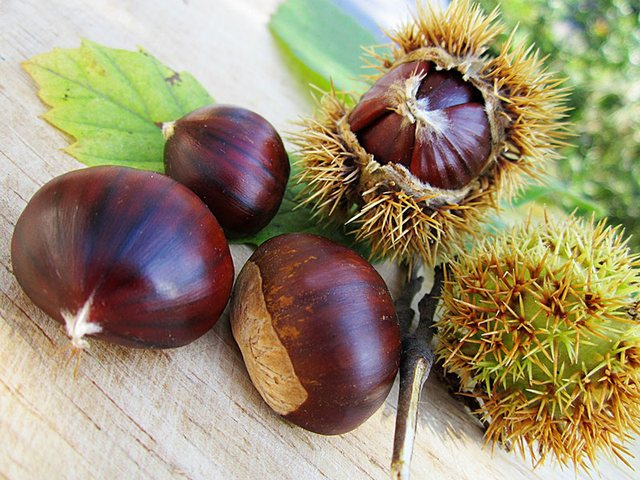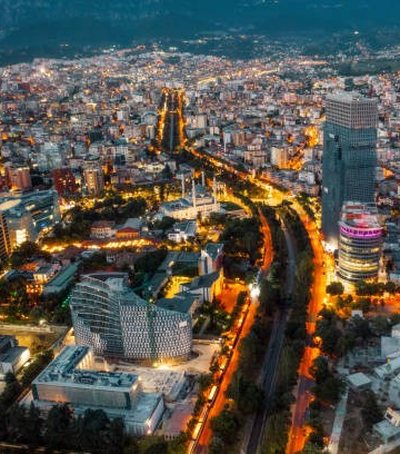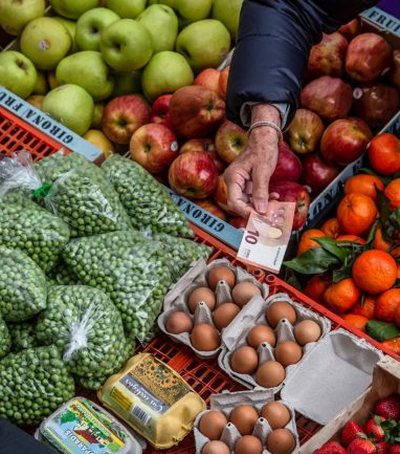
Chestnuts are among the best walnuts for the kidneys. Tropoja chestnuts are the only Albanian chestnuts that fully meet the quality required for export to Italy and other European Union countries. Numerous studies have shown that the chestnuts in this area are larger and sweeter than other local chestnuts. Add to that the natural forests, the naturally organic produce and the freshness of the Alps where they grow, making them even more unique in taste. Tropoja chestnut is the one leading the export, being the only Albanian chestnut that meets the quality criteria for export to the EU. According to traders, international demand for high quality chestnuts has been on the rise since the second half of the 1990s, partly also due to the growing consumer interest in traditional and environmentally friendly products.

What countries do they look for?
Almost the entire amount collected from the Tropoja Chestnut Massif goes to export, with Italy and other European Union countries leading the way. In the foreign market Albanian chestnuts are sold several times more expensive than in the country, bringing about a complete contraction of the presence of these chestnuts in the Albanian market. There are five companies in Albania that have been collecting chestnuts for export to foreign markets for several years.
Domestic market demand remains high and this indicates opportunities for the development of Albanian chestnuts for export but especially to meet the needs of the internal market. Albanian chestnuts are mostly found on the mountains and hills in Kolgecaj and Lekbibaj in Tropoja, in Sukimi in Kukës, Mes and Shllak in Shkodra, Kashnjet in Lezha, Shupal in Tirana, in Pogradec, in the Museum in Delvina, Dhrovjan and Leshnica in Saranda. While other areas such as Berat, Skrapar, Përmet, Gramshi and Tepelena cultivate the chestnut, but in smaller quantities over a total area of 8000 ha.
Within these areas there are hundreds of acres that can be planted with chestnuts, greatly increasing the existing number. This to satisfy the hunger of the European market and giving a strong boost to the economy of these areas that keep families from selling them. Especially the Tropoja chestnut massif is in constant need of maintenance, technical support and direct assistance to ensure the continuity of this product so demanded by EU markets.

Why are nuts a golden opportunity for economic growth?
In general, the walnut sector (nuts, hazelnuts, chestnuts and almonds) is seen as a sector with high potential for export due to its many advantages. Due to the favorable climate to land conditions, high profitability, unfulfilled international market demand and not requiring much marketing and storage requirements. Recent experience and the rapid growth of fruit trees show that Albanian farmers are eager and quick to adopt modern production technologies. At the same time labor costs are very low creating an advantage in this regard. On the other hand, Albania's proximity to the European Union and its accession process to become an EU member also offer many advantages. Due to the low cost of transport and preferential tariff regime for all Albanian products exported to the EU, making them competitive in the market.
Source: AgroWeb





